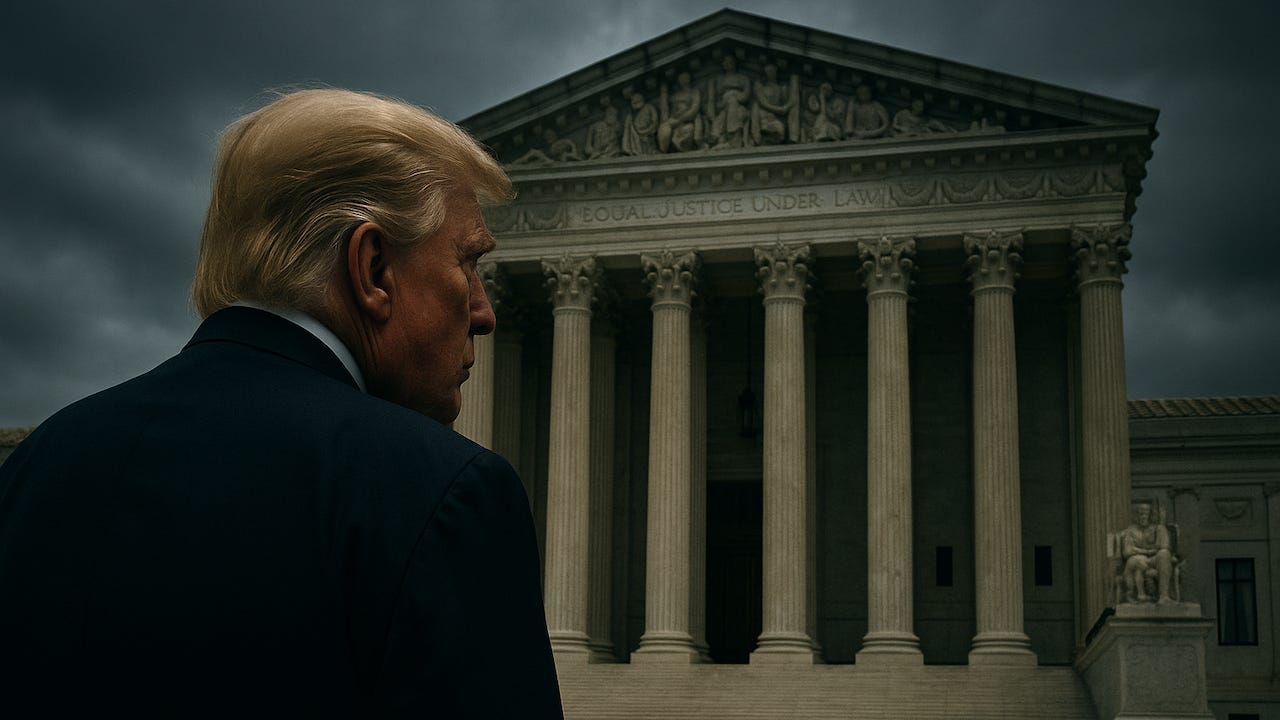Comment: Donald Trump doesn’t understand economics

A commentary by a retired professor of economics at the University of Victoria.
U.S. President Donald Trump’s shallow, contradictory understanding of economics — a blend of truths, partial truths, untruths and strategic silences — leads to many unhealthy economic policies.
On international trade issues, Trump has two obsessions: foreign trade deficits (which Trump believes, incorrectly, are entirely the foreigners’ fault) and tariffs (which Trump believes, also incorrectly, are paid by foreigners).
Trump fails to understand that at the aggregate (macroeconomic) level, a deficit in the government budget (a purely domestic problem) must be offset by some combination of savings that exceed investments or imports that exceed exports.
A surplus of savings over investment could finance the budget deficit, leaving foreign trade balanced.
However, as Stephen Roach has argued, “Trade deficits are a painfully visible manifestation of America’s myopic unwillingness to save for the future.”
If a savings surplus is taken out of the picture as a balancing force, the budget deficits and trade deficits must move together.
As a consequence of the passage of Trump’s “One Big Beautiful Bill” (OBBB), the American budget deficit will be about $3.4 trillion more than it otherwise would have been over the decade from 2025 to 2034 (Congressional Budget Office estimate).
A corresponding persistence in the foreign trade deficit will be unavoidable.
This brings us to Trump’s second obsession: tariffs (which he refers to — bizarrely — as “the most beautiful word in the dictionary.”)
Trump believes that tariffs will solve the trade imbalances (by restricting imports) and will also offset the income tax cuts in OBBB by collecting revenues.
What he never mentions is that these two results conflict with each other.
High tariffs seriously reduce imports and, therefore, may not generate much revenue.
Trump is still engaged in bullying negotiations, so it remains to be seen what the longer-term tariff rates will be.
If the rates ultimately average 25%, somewhere between the 15% on EU and 35% on Canada, on 2024’s imports of $4.12 trillion, the revenues would be a maximum of $1.03 trillion, or only about 55% of the budget deficit — and in fact substantially less than this because tariffs this heavy will certainly impede some imports.
Before we leave tariffs, we have to ask: Do foreigners pay the tariffs? In general, the answer is no.
As argued by Chad Bown and Douglas Irwin, “multiple independent studies of Trump’s first-term tariffs found that importers passed along the effect of border taxes to U.S. businesses and households. In the end, Americans paid the tariffs, not foreign companies.”
Beyond the international trade issues, Trump also has a faulty understanding of monetary policy.
Recently, he has begun to attack Jerome Powell, chairman of the Federal Reserve, arguing that the current interest rates (around 4.5%) are much too high and should be cut to 2% or even 1%.
His justification for this is that lower interest rates would make it much easier for the federal government to cover the interest costs of the national debt. Viewed in isolation, this is certainly true, but it is a partial truth.
The problem with such low interest rates, unmentioned (perhaps unnoticed) by Trump, is that such strong monetary stimulus, especially combined with the fiscal stimulus of OBBB’s proposed income tax cuts, would increase employment (a positive result) but would also push price inflation higher (a negative result).
Balancing unemployment with price inflation is a continuous tight-rope walk and was particularly difficult after the COVID-19 pandemic struck in 2019.
U.S. unemployment shot up to 6.7% in 2020 and real GDP decreased by 1.0%, but then — as a result of former president Joe Biden’s crisis response package and the rapid development of vaccines — GDP growth and employment recovered but price inflation topped out at 8.0% in 2022, and the bitter memories of that inflation almost certainly contributed to the defeat of the Democrats in the 2024 election and brought Trump back to office.
Trump doesn’t put the economic pieces together.
The three-pronged inflationary pressure of the tariffs’ impact on prices of imports, the fiscal stimulus of OBBB’s major tax cuts and the monetary stimulus of dramatically lower interest rates will almost certainly put the U.S. economy through another episode of serious price inflation, thereby endangering Republican prospects in the 2028 election.
Perhaps Trump simply doesn’t care about 2028, since the 22nd Amendment prevents him from seeking re-election.
However, he is already talking about having one of his children succeed him in the Oval Office.
From this perspective, it seems that Trump doesn’t understand what his policies will do either to the American economy or to his children’s political prospects.


No comments:
Post a Comment